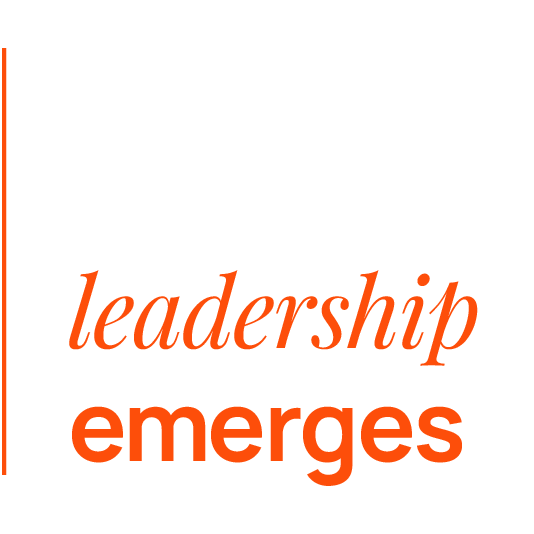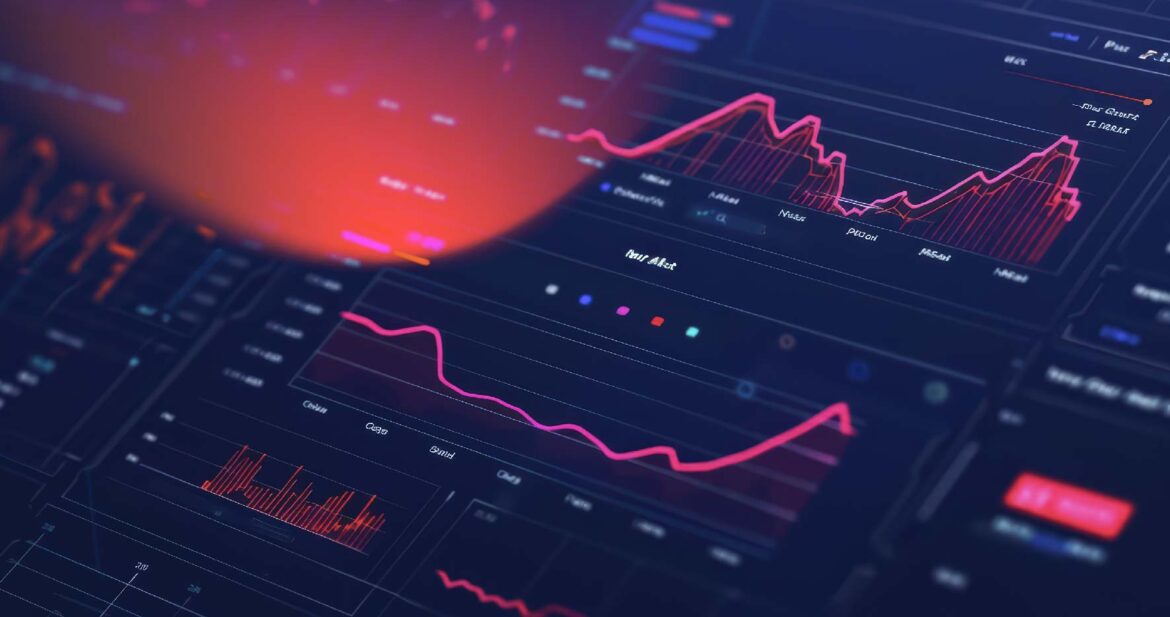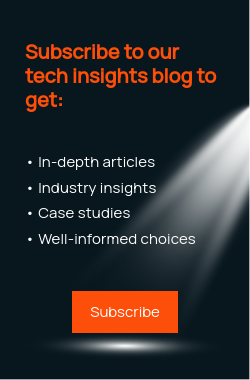Discover how predictive analytics is revolutionizing business planning. Providing leaders with the necessary tools to make informed strategic decisions in a challenging market.
The ability to forecast trends and anticipate changes is crucial to maintaining competitive advantage. Especially in today’s dynamic and evolving market. Predictive analytics emerges as a powerful tool for companies seeking to react to and proactively anticipate market challenges.
In a previous post, we discussed about unlocking the potential of machine learning in predictive analytics. Highlighting the benefits of implementing ML in business predictions, tools, and platforms to facilitate the implementation of machine learning solutions. As well as ethical and privacy considerations to ensure companies learn to take the right steps to mitigate any negative impact.
In this blog, we will explore how predictive analytics is transforming business planning. Providing deep insights that guide business leaders in making informed strategic decisions. Are you ready to discover how to lead your company to make strategic decisions with unprecedented accuracy?
Predictive analytics in the business context

Today, the amount of data generated is growing exponentially, reaching 120 zettabytes in 2023, according to Statista report. However, according to the trend, it is projected that by 2025 this figure will reach 181 zettabytes of data. Representing a 50% growth. An interesting fact, but let’s look at a more illustrative example to understand the real magnitude of this.
Consider a standard DVD with a storage capacity of 4.7 gigabytes. Then 181 zettabytes would equate to approximately 38.5 trillion DVDs. If we were to stack them on top of each other, we could cover a distance of approximately 1.085 trillion kilometers. This would be enough to circle the Earth more than 27 million times. Incredible!
Now, this massive volume of data offers a gold mine of potential information. But its true value lies in the ability of companies to extract meaningful and actionable insights. This is where predictive analytics comes into play. Using advanced algorithms and statistical models to predict future outcomes based on historical patterns and current data.
Quality is always better than quantity
In this context, it’s not about the quantity of data; it’s about companies’ ability and skill to leverage it. Remember that the main objective of predictive analytics in business planning is to improve the accuracy of strategic decisions. Not to accumulate data in a large stack, like the example of DVDs.
By applying predictive models to relevant datasets, organizations can identify emerging opportunities. Also anticipate changes in market demand, and mitigate potential risks. This proactive approach not only optimizes operational efficiency but also drives sustainable long-term growth.
Regarding the tangible benefits of predictive analytics, they could be multiple and significant in various areas. Below, we will explore some of the most relevant and significant benefits to provide you with a deeper understanding. And facilitate greater precision in your strategic decision-making to increase your company’s operational efficiency.

1. Anticipating trends and behaviors
It’s like having the future in your hands in a way. It depends on your knowledge of the subject. But predictive analytics allows you to identify hidden patterns and trends in historical data. Which will help your organization have a greater ability to anticipate changes in the market, customer preferences, and future behaviors.
With predictive analytics, Walmart has improved the accuracy of sales forecasts by 10-15%. Allowing them to adjust inventories and optimize the supply chain more effectively.
2. Resource optimization improvement
Who wouldn’t want to optimize resources in such a volatile market, where every decision counts to maintain competitiveness? By predicting demand and future events more accurately, predictive analytics allows your company to optimize resource usage. Including inventory, personnel, and production capacity, reducing costs and improving operational efficiency.
Delta Airlines, by optimizing flight assignments, has managed to reduce fuel consumption by approximately 5%, saving millions of dollars annually.
3. Improved decision-making
Imagine having the possibility in your hands to obtain key insights for more informed and effective decision-making. Based on statistical models and complex algorithms, predictive analytics will provide detailed and objective information to facilitate each member of your company in making more informed and well-founded strategic decisions.
Netflix, by recommending personalized content to its users, has managed to improve the accuracy of recommendations by more than 75%, increasing customer retention and viewing time.
4. Customer personalization and segmentation
Every day customers are becoming more demanding and want more personalized experiences. Using historical data and past behaviors, predictive analytics will enable your organization to segment customers more precisely and personalize marketing offers and campaigns, improving customer satisfaction and conversion rates.
Amazon has increased conversion rates by 30% by segmenting customers more precisely and offering more personalized recommendations.
5. Risk and fraud prevention
Who wouldn’t want to safeguard their assets and reputation if that’s what the future of companies depends on? By early detecting anomalous patterns and evaluating risks, thanks to predictive analytics, your company can mitigate critical risks such as financial fraud and losses before they occur, thus protecting its assets and reputation.
Visa, by detecting fraudulent transactions in real-time, has managed to reduce fraud losses by more than 40% by early identifying suspicious patterns.
6. Process and operations optimization
Time is money, here and anywhere in the world. Identifying areas for improvement and optimization in operational processes through predictive analytics will allow your organization to reduce waiting times, improve product quality, and increase overall supply chain efficiency.
General Electric (GE) has optimized the maintenance of its industrial equipment and managed to reduce maintenance costs by 25% by predicting failures and efficiently performing preventive maintenance.
7. Improvement in planning and budgeting
Predictive analytics makes it possible to adapt to market fluctuations to optimize the use of available resources. By having accurate forecasts and analyzed historical data, your organization can significantly improve financial and budget planning, adjusting strategies and resources more effectively to achieve long-term goals.
Procter & Gamble, through inventory management, has improved the accuracy of demand planning by 20%, reducing storage costs and optimizing working capital.
Challenges and ethical considerations in implementing predictive analytics
If predictive analytics can do this for the giants mentioned in each industry, imagine what it can do for your organization. The examples mentioned above demonstrate tangible benefits.
However, despite its evident benefits, its implementation is not without challenges and ethical considerations. One of the main challenges lies in the quality and integrity of the data used. Predictive models are only as good as the data they are based on, and the lack of accurate and up-to-date data can lead to erroneous predictions and suboptimal decisions.
Another critical aspect is the ethical implications related to data privacy and transparency in the use of predictive analytics. As companies collect and analyze large amounts of personal data, it is essential to ensure that individuals’ privacy rights are respected and that algorithm-based decisions are fair and non-discriminatory. Establishing strong data governance practices and complying with regulations is crucial to mitigate these risks.

Future of predictive analytics: technological advances and emerging trends
As technology continues to evolve, the future of predictive analytics looks even more promising. The integration of AI and ML is pushing predictive models to new frontiers, allowing for deeper and real-time data analysis.
The automation of data-driven decisions is gaining ground, with systems that not only predict outcomes but also recommend specific actions to optimize business results.
Furthermore, the expansion of IoT is enriching predictive analytics by providing a continuous source of real-time data from a variety of connected devices. We are talking about smartwatches, fitness bands, health devices collecting biometric data, cars equipped with sensors and telematics systems, and of course, virtual assistants like Amazon’s Alexa and Apple’s Siri.
This not only improves the accuracy of predictions but also opens up new opportunities for innovation in business models focused on predictive services and proactive maintenance. Indeed, the future is now, and predictive analytics is the main protagonist.
Integrating predictive analytics into your business strategy
In summary, predictive analytics represents a paradigm shift in business planning, empowering organizations to anticipate market changes and make data-driven strategic decisions.
By leveraging advanced algorithms and large volumes of data, companies can optimize internal operations, improve customer satisfaction, and maintain a sustainable competitive advantage.
However, to fully harness the benefits of predictive analytics, companies must address critical challenges such as data quality and ethical considerations. By doing so, they can strengthen their ability to innovate and grow, ensuring that their business practices are ethical and responsible.
Ultimately, adopting predictive analytics is not just an option for modern companies but a strategic necessity. Organizations that successfully integrate these advanced capabilities into their business strategy will be well-positioned to thrive in the digital future.
Are you and your company fully leveraging the opportunities offered by predictive analytics to improve operational efficiency? We hope you are. If not, at Interfaz, we are committed to boosting your company’s competitive advantage, offering our advice and support in adopting predictive analytics as a business strategy. Over 22 years of experience back our proposal.
Sorces: Statista, “Amount of data created and stored 2010-2020, with forecasts to 2025” | Gartner, “Over 100 Data and Analytics Predictions Through 2028“


